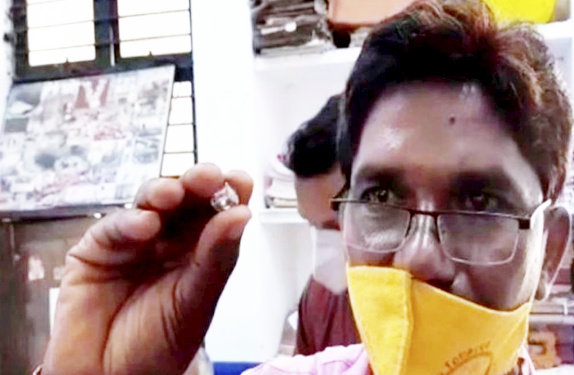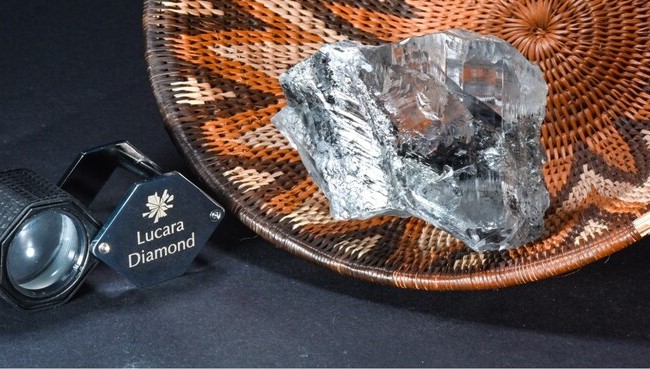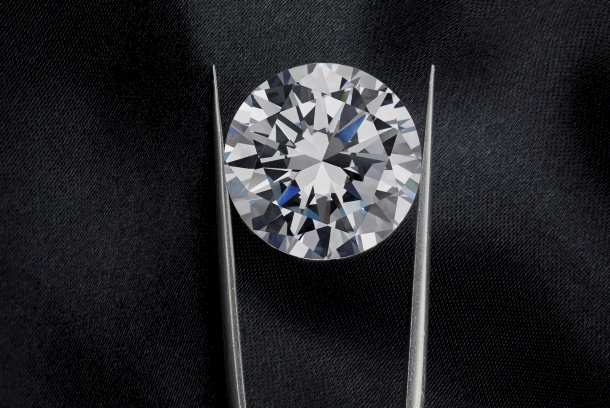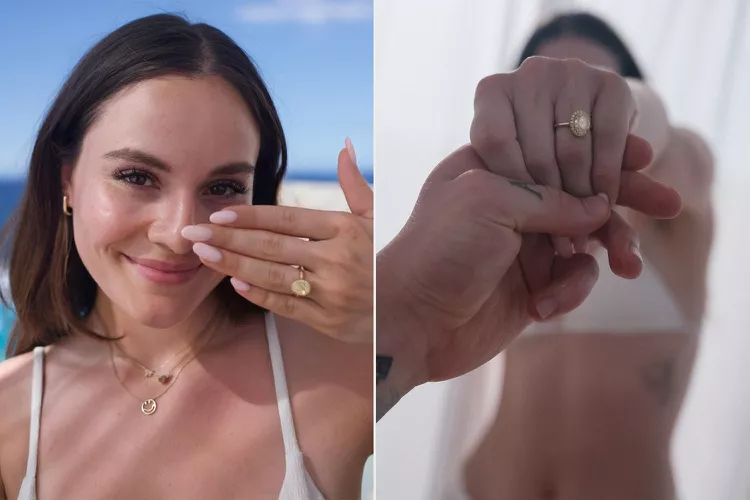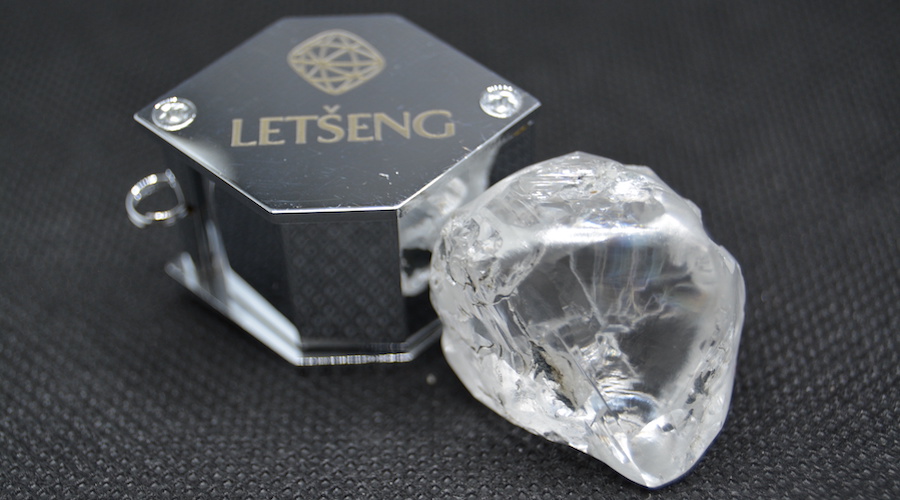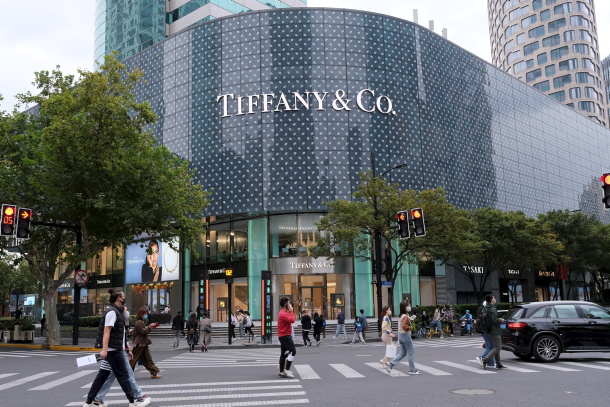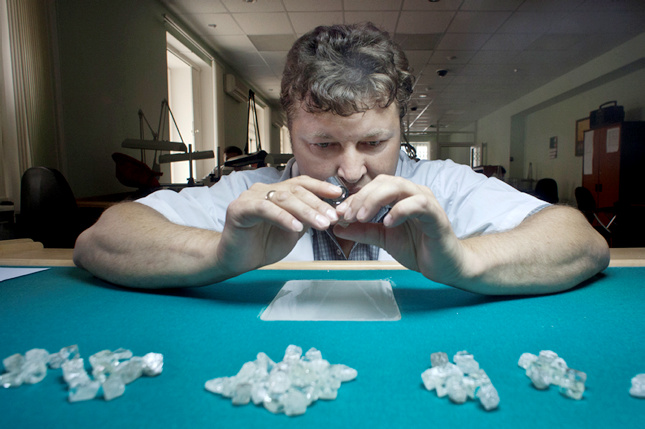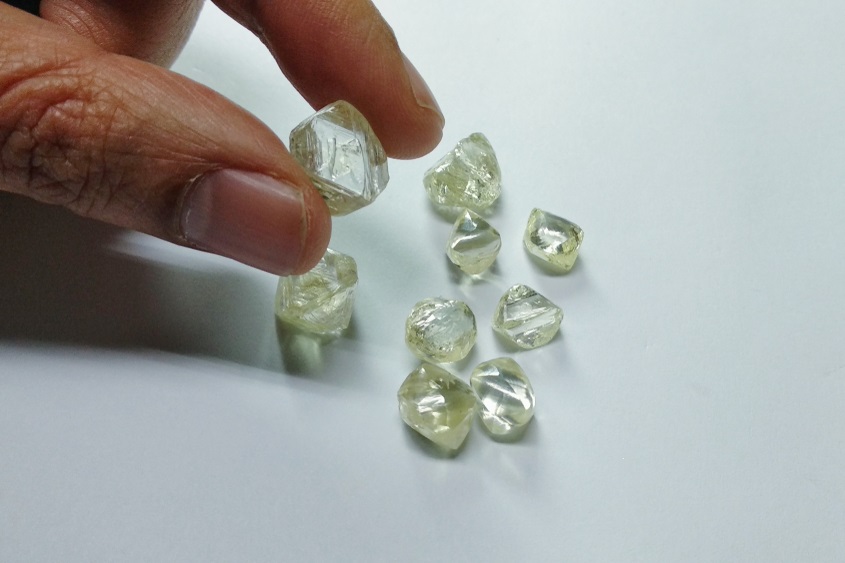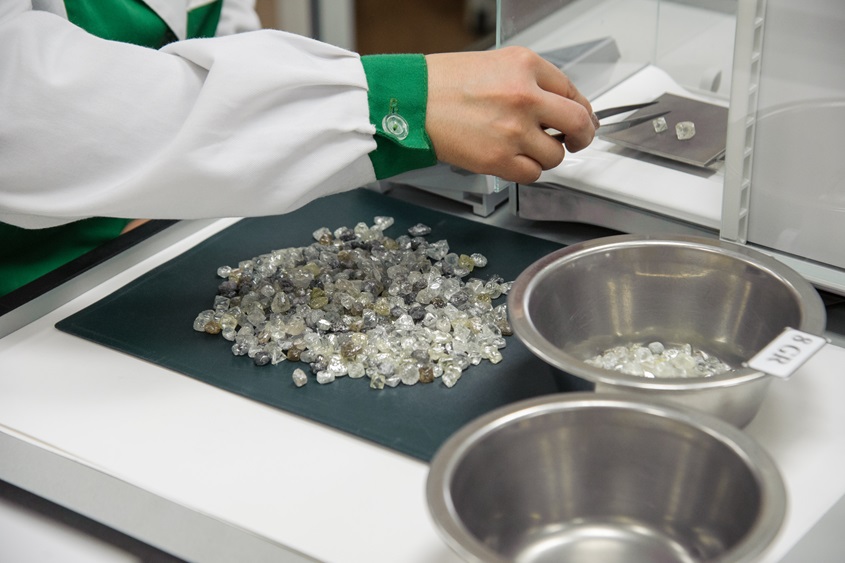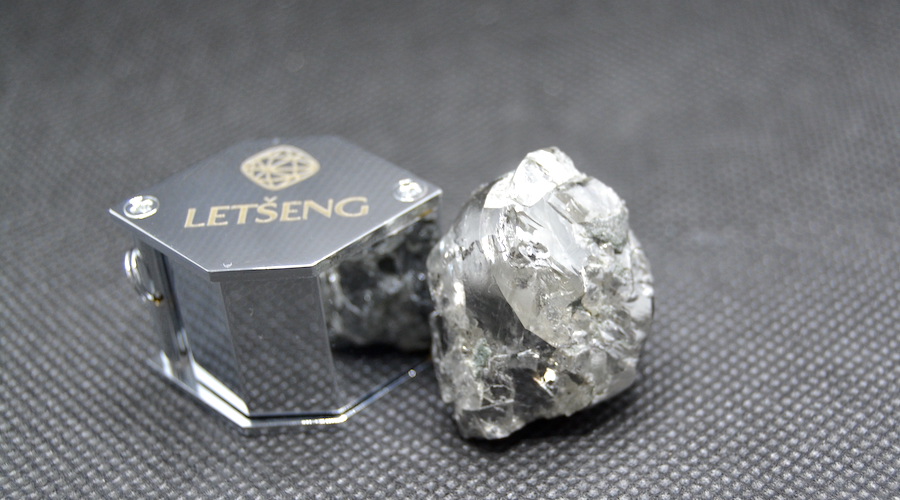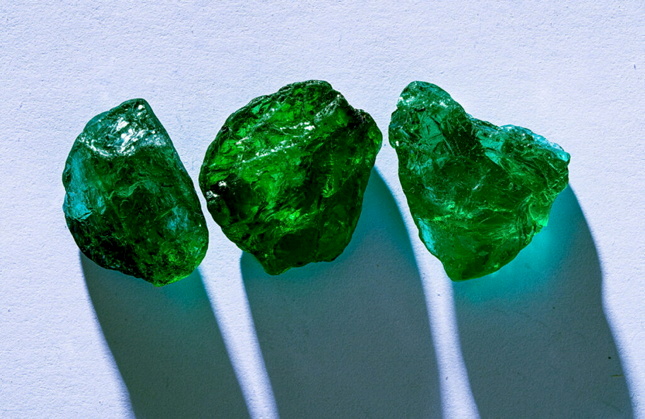
Gemfields suffered a slump in sales and prices at its latest auction of rough emeralds from its Kagem mine, in Zambia.
The UK-based company blamed conflicts, elections, and economic uncertainty in China, compounded by a diary clash with an emerald competitor, reportedly selling at low prices.
Gemfields sold only 61 per cent of the almost 4m carats on offer in a series of auctions ending 13 September in Jaipur, India, and online. At the last four sales it sold well over 90 per cent.
Total sales were $10.8m, down 67 per cent on its September 2023 sales. The average price per carat was $4.47, down by a half on the same event last year.
Gemfields says the mix and quality of lots varies, so the results of each auction are not always directly comparable.
Today’s overall result is weaker than expected,” said Adrian Banks, Gemfields’ managing director of product and sales, “exacerbated in part by a competing emerald producer scheduling their own auction to finish in early September 2024, in the middle of ours, and selling through their emeralds at what customers reported as low prices.”
He said the company was committed to acting responsibly – as it did at this auction – by withholding auction lots when fair market prices were not achieved.
Source: Idex
